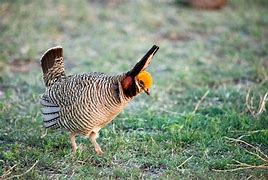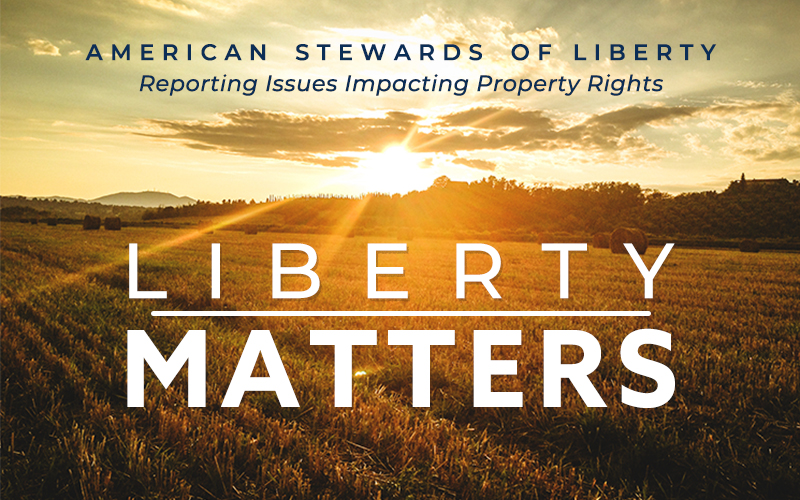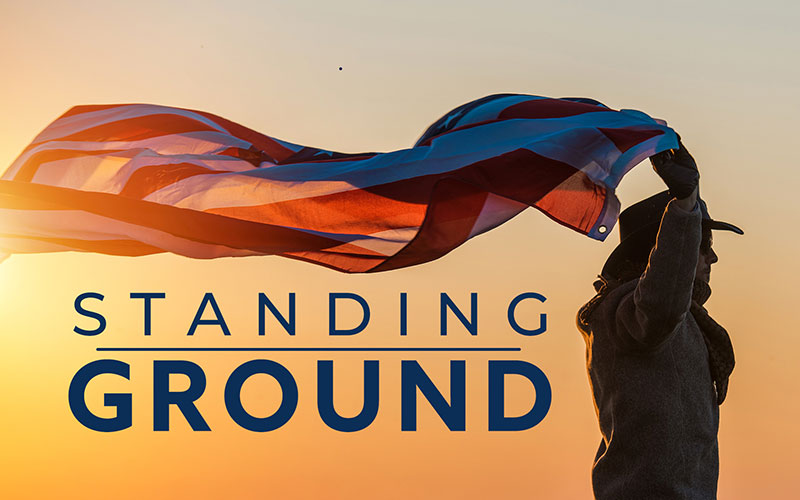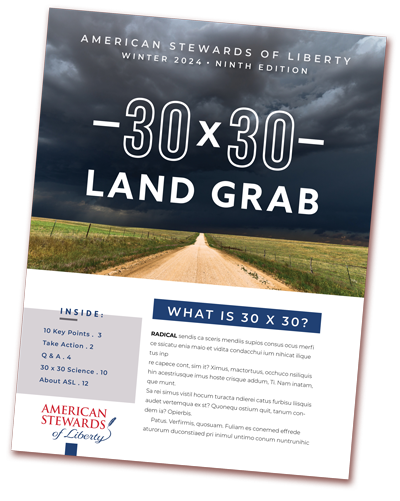The U.S. Fish and Wildlife Service (Service) has issued a new rule proposing to place the Lesser prairie chicken (LPC) on the Endangered Species list, again.
In 2014, they issued a final rule to list the species as threatened, which was immediately challenged by the Permian Basin Petroleum Association and four New Mexico Counties. This case resulted in the United States District Court for the Western District of Texas issuing an order in 2015 vacating the listing, removing it from the federal list. In 2016, WildEarth Guardians, Defenders of Wildlife, and Center for Biological Diversity were back with a new petition to re-list the LPC, leading to the new rule issued June 1, 2021.
The new proposed rule splits the population into two Distinct Population Segments (DPS). The Northern DPS is found in Colorado, Kansas, Oklahoma, and the Texas Panhandle. It is proposed to be listed as threatened. The Southern DPS is found in eastern New Mexico and west Texas, and it is proposed to be listed as endangered.
The Service’s proposed rule makes note of the many local conservation efforts that have been put into place to protect the species, most of them voluntary and at considerable expense to the resource industries. However, because the Service has determined that 97 percent of the population’s habitat is on private lands, which are currently not regulated by the federal agency, it finds it must place the species on the federal protection list.
The conservation programs currently in place are numerous and restrictive, incorporating conservation measures required by the Service. Each of the five states have programs they administer on state lands and for private enrolled lands, and the federal agencies have specific management restrictions on their lands. For instance, in New Mexico the Bureau of Land Management (BLM) established the 57,522-acre Lesser Prairie-Chicken Habitat Preservation Area of Critical Environmental Concern (ACEC) in 2008, where new oil and gas development, roadways, grazing and power line development have been eliminated, and existing uses reduced or phased out. There is also a specific LPC resource management plan for the remaining BLM lands covering the potential habitat areas with targeted restrictions.
Across the five-state region, conservation plans impacting private lands include: the Lesser Prairie-Chicken Rangewide Conservation Plan established by the five-state wildlife agencies; the Lesser Prairie- Chicken Initiative administered by the Natural Resource Conservation Service (NRCS); and the Conservation Reserve Program also administered by NRCS and used to provide habitat. Additionally, the Nature Conservancy holds numerous conservation easements across the states with the conservation purpose and priority of protecting the LPC.
The coverage of conservation programs and money expended to implement the Service’s measures protecting the bird’s habitat is voluminous and costly. Even so, it is not enough.
The Service finds:
“We conclude that existing regulatory mechanisms have minimal influence on the rangewide trends of lesser prairie- chicken habitat loss and fragmentation because 97 percent of the lesser prairie- chicken analysis area occurs on private lands, and the activities affecting lesser prairie-chicken habitat are largely unregulated land use practices and land development.” (Federal Register, Vol. 86, No. 103, Tuesday, June 1, 2021, page 29454)
Note that the reason for listing is primarily because of “habitat loss and fragmentation” and that activities on private lands “are largely unregulated land use practices and land development.” This indicates the Service will not be satisfied until it has full regulatory control across the LPC historical habitat, including private acres.
In a recent online briefing with the Southwest Regional team from U.S. Fish and Wildlife, landowners were again encouraged to enroll in the conservation programs as the Service works to consider comments and finalize its rule over the next twelve months.
Determination of critical habitat will come next, where the Service can draw a line around the potential habitat and look for more ways to regulate the unregulated private lands within. What should be concerning to private landowners is the possibility that a federal nexus occurs on the private lands if there is a program that is authorized, funded, or carried out by a federal agency required to consult with the Service on the impacts to the LPC habitat.
The Endangered Species regulations require “all” federal agencies to consult on Endangered Species Act listings. The proposed LPC listing explains that when a landowner receives funding or needs authorization by a federal agency, that agency will be required to consult with the Service to determine whether the action would impact the critical habitat. This creates the federal nexus to the private lands, indirectly giving the Service the ability to regulate the private land.
“Where a landowner requests Federal agency funding or authorization for an action that may affect a listed species or critical habitat, the Federal agency would be required to consult with the Service under section 7(a)(2) of the Act. However, even if the Service were to conclude that the proposed activity would result in destruction or adverse modification of the critical habitat, the Federal action agency and the landowner are not required to abandon the proposed activity, or to restore or recover the species; instead, they must implement ‘‘reasonable and prudent alternatives’’ to avoid destruction or adverse modification of critical habitat.” (FR Notice, page 29477)
The question to ask is whether this is about conservation or control?
Maybe we should ask the birds. Drawing from the Service’s analysis, it appears the birds prefer private land management over federal restrictions, considering only three percent of the Lesser prairie chickens live in the areas with the federal conservation measures.
The private lands that are not regulated by the Service are tended by individual landowners whose management practices are doing a better job at protecting the LPC, while providing the food, fiber, energy, and minerals we depend on, than the combined efforts of the federal agencies and land trusts.
As we have stated many times before, if the environmentalist were truly concerned with conservation of the land for species habitat, they would help to remove federal restrictions, not seek more.
Landowners should expect to see more ecosystem-wide efforts like this one from the Biden Administration, which will provide them with more opportunities to control large regional areas as they work towards their goal of conserving 30 percent of America’s land.





